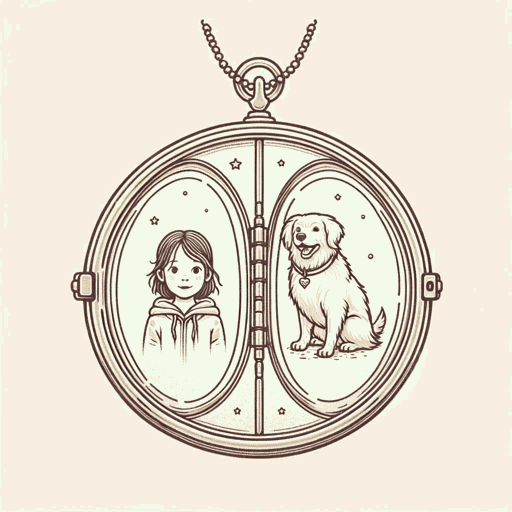45 pages • 1 hour read
Kirby LarsonDash
Fiction | Novel | Middle Grade | Published in 2014A modern alternative to SparkNotes and CliffsNotes, SuperSummary offers high-quality Study Guides with detailed chapter summaries and analysis of major themes, characters, and more.
Themes
Racism and Adversity
The theme of racism and adversity propels the narrative, as the anti-Japanese policies of the American government upend Mitsi’s life and sow conflict. Franklin D. Roosevelt’s choice to implement Executive Order 9012 puts Mitsi—and all Japanese Americans—in a terrible situation. Thus, racism produces individual adversity for Mitsi and collective adversity for the Japanese American community. Mitsi’s two best friends ditch her, Patty bullies her, boys on the street taunt her, and the general atmosphere turns Mitsi and Japanese people into hostile adversaries. Businesses hang signs stating that they don’t serve Japanese people. Conversely, businesses hang signs identifying as Chinese, so people don’t mistake them for Japanese people. Japanese people become outcasts and scapegoats. People think they’re somehow responsible for the attack or will support Japan because of their race. They reduce complex people to one trait––race. The simplification makes Mitsi want to declare, “I was born here in Seattle. At Swedish Hospital, just like you, Mags. I have brown eyes, just like you, Judy. I have never even been to Japan” (14). She wants to reaffirm her complexity: Her identity doesn’t boil down to race.
Racism is multilayered. There’s the outward racism of Patty, who makes “slanty eyes” and leaves mean notes in Mitsi’s desk.


